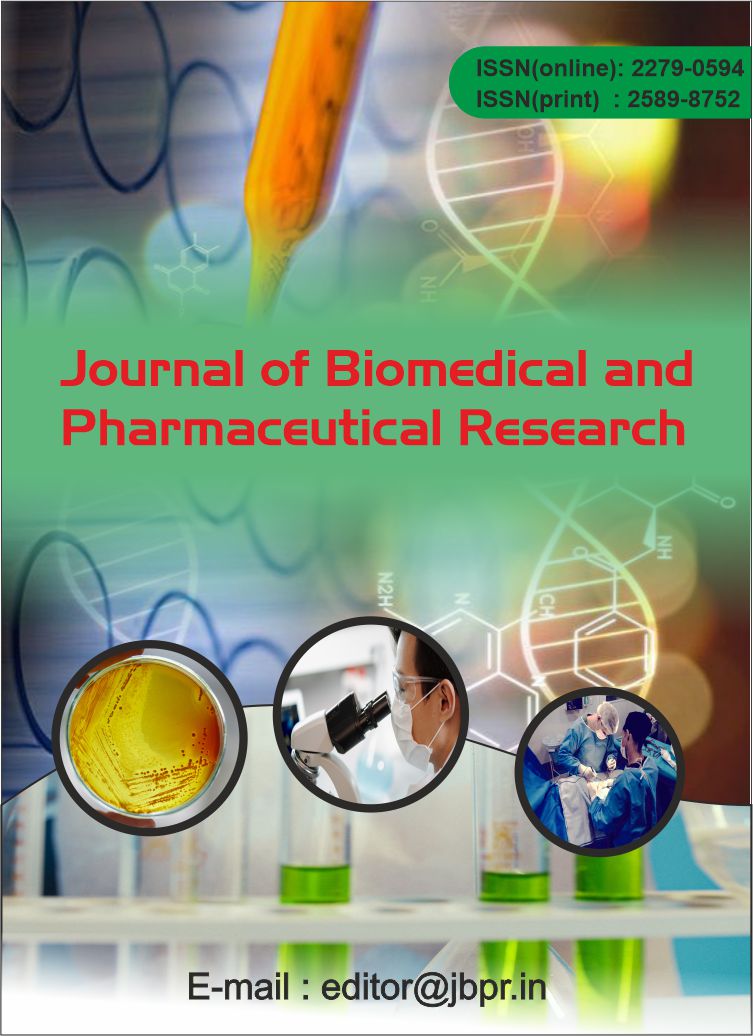Impact of Autoclave Sterilization on Microstructure of Two Niti Endodontic Rotary File Systems: A Differential Scanning Calorimetric Analysis.
Abstract
Introduction: Autoclaving is the most common and most efficient sterilization method used to sterilize endodontic files. But the effect of heating and cooling cycle’s occurring during sterilization on the physical and mechanical properties of niti files has not been clearly stated. Nitinol alloys exhibit two unique features that are relevant to endodontics: shape memory (SM) and super elasticity (SE). Both these features are as a result of reversible transformation of the austenite (parent phase) to the marten site (daughter phase). This phase transformation is thermo elastic. It can be induced by cooling or application of stress. The reverse transformation takes place, when the metal is heated or stress is released. Phase transformations are associated with significant changes in mechanical properties of the alloy. Thus the structure of NiTi is important to the clinical performance. Some studies have been done in the past which report about changes in properties of the NiTi instruments after heat sterilization.
Aims and objectives: The aim and objectives of this study are to analyze the microstructure and phase changes of Protaper and Race NiTi instruments at 0 and 5 cycles of moist heat sterilization by using differential scanning calorimetry.Materials and Methods: A total of 20 NiTi rotary instruments belonging two different brands were selected for this study. The 20 instruments were divided into 2 groups. Group I contained 10 Protaper F2 25 mm, tip size 25 NiTi rotary files [Dentsply – Tulsa dental]. Group II contained 10 Race 6 % 25 mm, tip size 25 NiTi rotary files [ FKG Dentaire ].Of the 10 samples from each group, 5 samples were kept for observation in as received condition (subgroup a) and 5 samples were submitted for 5 cycles of sterilization in autoclave (subgroup b). The instruments were arranged in an endobox and submitted for sterilization. The sterilization cycles were conducted in an autoclave [Uniqueclave C-79, Confident dental equipments, India] at 1210 C (250 0F) under 15psi for 20minutes. Samples were allowed to cool to room temperature for at least 30 minutes between cycles.10 instruments of each brand were examined - five samples in the as received condition [subgroup a] and the other five after 5 cycles of sterilization [subgroup b]. The measurements were conducted with a DSC 2910 device (TA instruments, New Castle, Delaware (USA)) over a temperature range from -100 to 1500C. A liquid nitrogen cooling accessory was used to achieve subambient temperatures. During the measurements, the DSC cell was purged with dry nitrogen. Temperature calibration of the DSC apparatus was done with n-pentane, deionized water and indium. The linear heating or cooling rate was 100C per min. For each analysis, the specimen was first cooled from room temperature to-1000C, then heated to 1500C to obtain the heating DSC curve and subsequently cooled from 1500C back to -1000C. To check the reproducibility of the measurements, the same heating– cooling cycle was repeated a further two times. The sample specimens were sectioned with a water-cooled, slow-speed diamond saw to minimize mechanical stresses that might change the proportions of the austenitic and martensitic NiTi phases from those in the ‘as-received’ instruments. Each sample specimen consisted of three segments of the same file, each approximately 4–5 mm in length. The specimens were placed in an aluminium crucible and an empty aluminium crucible was used as the inert control specimen. The weight of the samples was approximately 10 mg.
Temperature at which the phase changes occur and the enthalpy changes for the transformations were obtained from the DSC thermographs. Means between the groups were compared with the paired t-test and values within the groups were compared with student t test for independent samples.
Results: The present study shows that the phase transformation within NiTi alloy of the instruments is reversible. The reversibility is not affected after repeated heating and cooling in the same instrument, after 5 sterilization cycles. From the temperature values, significant differences are revealed between files of two brands, except for Af (austenite finish) temperature. Between new and sterilized files of the same brand, all values are significant except for Af value of Race instruments. The enthalpy values of heating and cooling curves of both brands, does not show any significant difference. The enthalpy changes in the heating and cooling cycles of both brands of new and sterilized instruments range from 2.37 j/g to 3.941 j/g. These calculated values lie within the range of 1.7 to 19.2 j/g, which has been reported for nickel - titanium orthodontic wires.
Conclusion: From the study it was concluded that, phase transformation within the NiTi matrix of both Protaper and Race NiTi instruments is reversible and the reversibility is not affected by repeated heating and cooling cycles. Both Protaper and Race NiTi instruments are completely austenite in the oral environment and hence are capable of super elastic behavior during clinical use.
Keywords: (endodontics, endodontic instruments, niti files, niti rotary, protaper, autoclave sterilization, differential scanning calorimetry, microstructure)
![]() Journal of Biomedical and Pharmaceutical Research by Articles is licensed under a Creative Commons Attribution 4.0 International License.
Journal of Biomedical and Pharmaceutical Research by Articles is licensed under a Creative Commons Attribution 4.0 International License.





